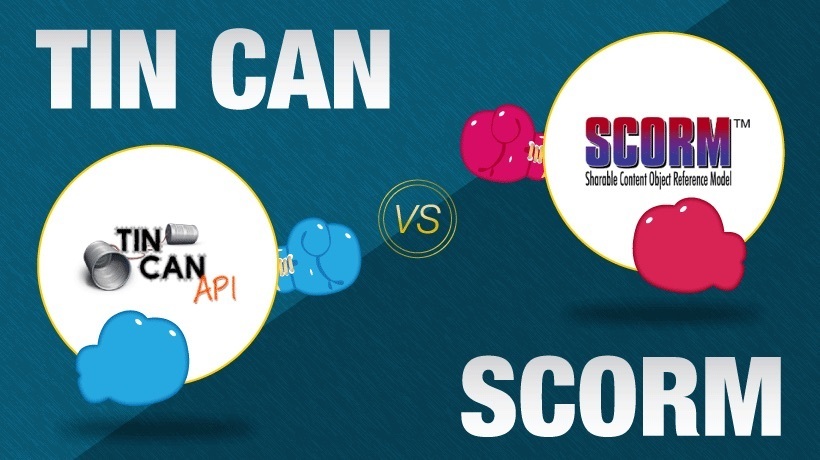The Death Of SCORM: 4 Reasons
If SCORM is actually a standard, then why is it going extinct? Here are 4 reasons:
1. Inflexible and narrow in scope.
SCORM was initially built to manage communication between a learning object (a course, for example) and a Learning Management System – but it’s still narrow in scope. To be more specific: It can only track what’s happening inside an eLearning course. But we don’t just want to know who takes the course and how well they do on the assessment. We want to track more information about the learning behavior of our users.
Besides this, SCORM works with flash shared objects. But: not every mobile device supports this. Mobile flexibility? Not so much.
2. Too much complexity, too few results.
When SCORM 2004 was brought to life, its most significant contribution was undoubtedly the “simple sequencing model”. Given the fact that it was anything but simple, most courseware developers were having a hard time implementing this. The reason? SCORM is extremely outdated. The model upon which it’s based is over 10 years old. Moreover, the emphasis on self paced computer-based training was clearly misplaced. This is one of the many reasons the “latest” SCORM version resulted in a very low adoption.
The number of searches for the word “SCORM” on Google:
3. Not education specific.
Unfortunately, as some of us consider it to be a solution, SCORM barely addresses any of the requirements. That’s why this tool is definitely a poor fit for education. Our advice: The less reliant you are on SCORM, the more flexibility you will experience moving forward in an education centered environment.
4. New technologies: Tin Can or Experience API.
Since SCORM 2004 was introduced, new technologies have been used in several ways to meet the demands of both digital B2B buyers and learners. Smartphones have become mainstream, gamification has seen a massive rise in popularity and whatnot; learning and performance management systems have clearly reached a point where cost effectiveness, smooth integration with other systems, and user friendliness are much more important than constantly releasing new features.
These major shifts in technology made most of us realize we need something more versatile. That’s why Tin Can API (also known as xAPI or Experience API) was introduced. This tool enables you to view in depth test results and lets you transition between platforms. But that still isn’t enough. What if your employees are dealing with your content the wrong way? And what if you want to make quick changes to your courses as your employees are moving forward?
This Is How You Will Survive: Do-It-Yourself Learning
The do-it-yourself learning culture is not near, it’s here. It means you should be able to easily make changes to your learning content when necessary. And your learners should be able to be working outside your Learning Management System and transition between multiple platforms and trainings. Modern platforms will allow you to create any course or content yourself.








